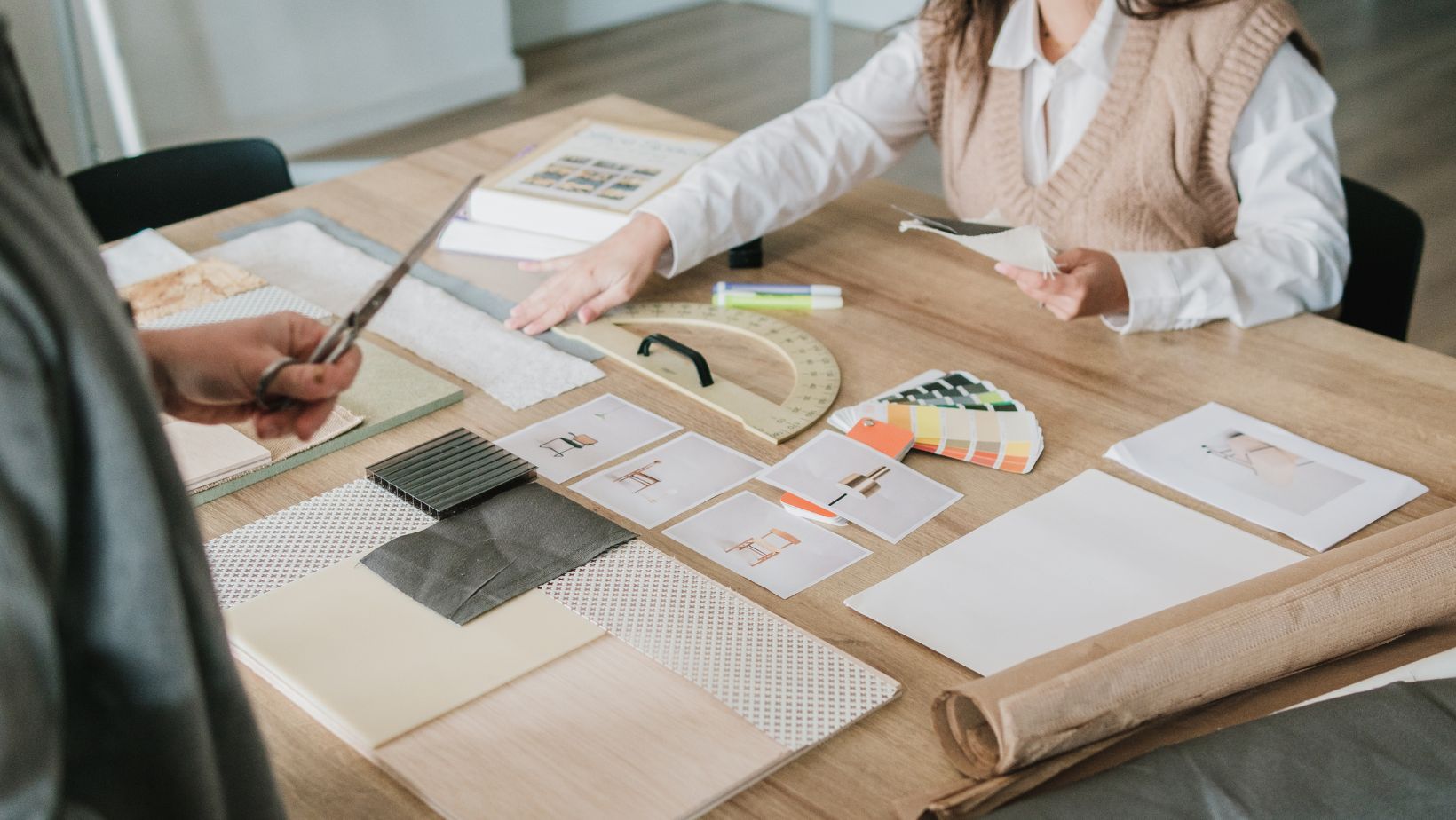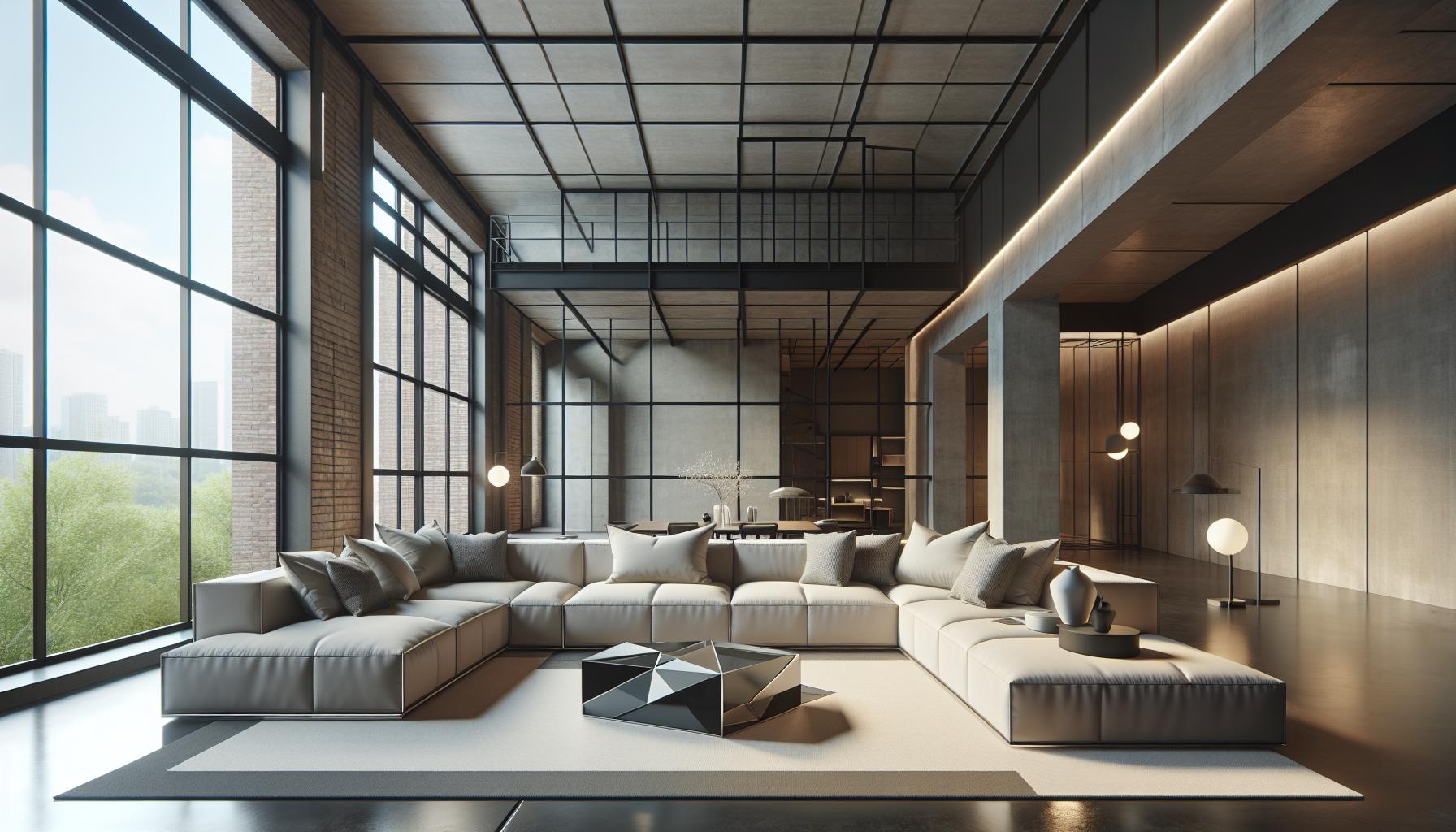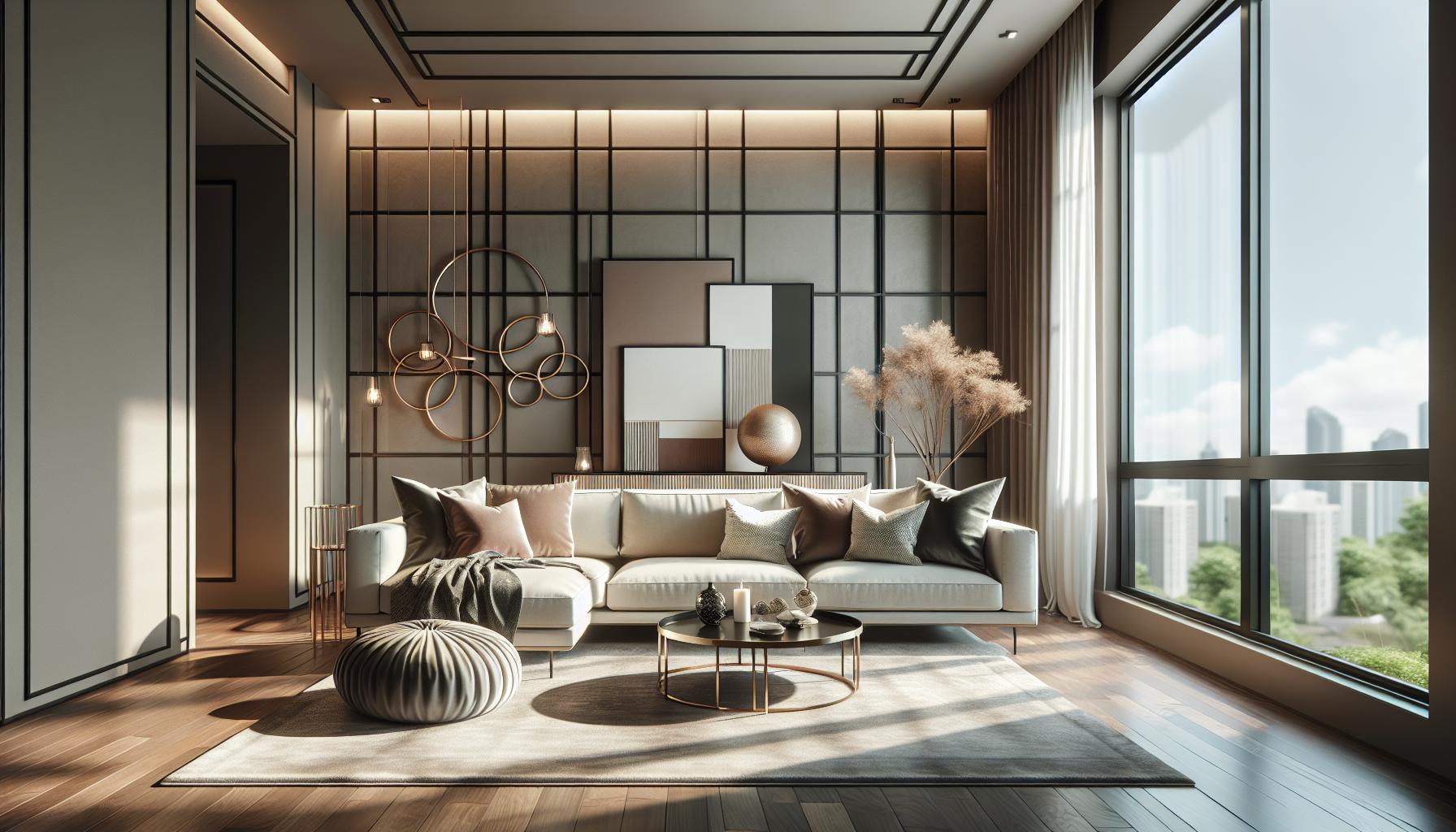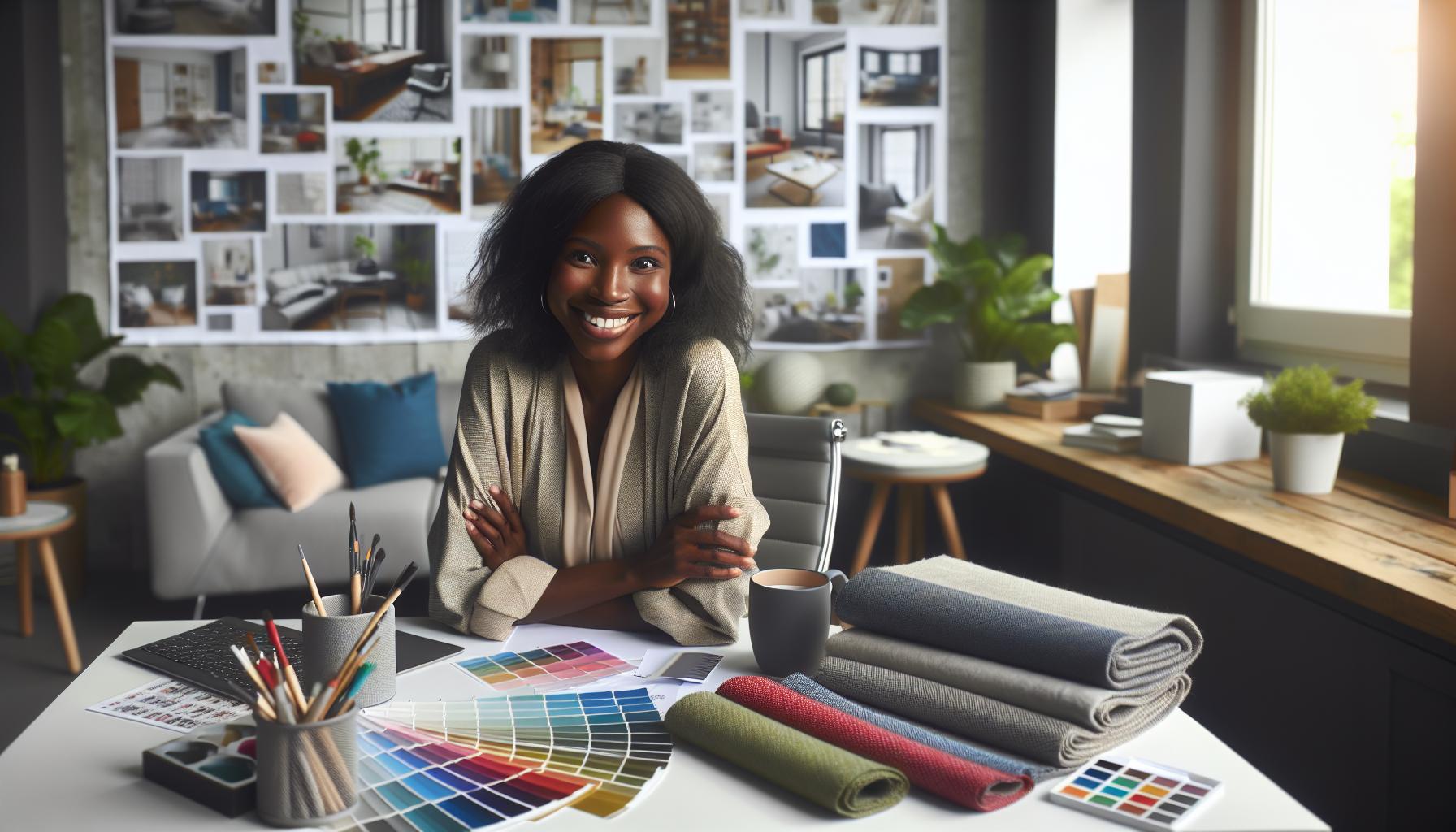 Choosing the right interior design style can feel overwhelming, especially with so many options available. Each style reflects personal tastes and influences the overall atmosphere of a home. From the sleek lines of modern design to the cozy charm of farmhouse aesthetics, understanding one’s preferences is the first step toward creating a harmonious space.
Choosing the right interior design style can feel overwhelming, especially with so many options available. Each style reflects personal tastes and influences the overall atmosphere of a home. From the sleek lines of modern design to the cozy charm of farmhouse aesthetics, understanding one’s preferences is the first step toward creating a harmonious space.
Identifying an interior design style isn’t just about aesthetics; it’s about expressing individuality and creating a sanctuary that resonates with one’s lifestyle. Whether someone leans toward minimalism, bohemian flair, or classic elegance, knowing how to categorize these preferences can simplify the design process. This exploration not only enhances the beauty of a home but also elevates the owner’s experience within it.
Key Takeaways
- Identify Personal Preferences: Understanding your tastes in colors, materials, and styles is key to selecting the right interior design theme for your home.
- Explore Various Styles: Familiarize yourself with different design styles such as modern, traditional, bohemian, and minimalist to find what resonates with you.
- Evaluate Your Space: Assess the dimensions, layout, and existing features of your home to ensure your chosen style complements the environment.
- Utilize Tools: Leverage online quizzes, assessments, and mood boards to clarify your design preferences and visualize potential styles.
- Enhance Functionality and Aesthetics: Choosing the right style not only beautifies your space but also improves its functionality and comfort.
- Express Individuality: Your interior design choices reflect your personality, allowing you to create a sanctuary that feels uniquely yours.
What Interior Design Style Am I
Interior design styles represent the diverse approaches individuals take to enhance their living spaces. Recognizing these styles simplifies the design process and ensures that a home reflects personal preferences.
What Are Interior Design Styles?
Interior design styles categorize aesthetic choices that shape a space’s visual and functional aspects. Styles include:
- Modern: Characterized by minimalism and clean lines, emphasizing open spaces and simplicity.
- Traditional: Features classic design elements, ornate details, and rich color palettes.
- Contemporary: Incorporates current trends, balancing comfort with a sleek look.
- Industrial: Utilizes raw materials, exposed structures, and an urban feel.
- Farmhouse: Emphasizes rustic charm, featuring natural materials and cozy accents.
- Scandinavian: Focuses on functionality, light colors, and a connection to nature.
- Eclectic: Blends different styles and periods, showcasing personal creativity.
- Enhanced Aesthetics: Aligning choices with a specific style results in harmonious decor.
- Personal Expression: Styles showcase individuality, making a home uniquely personal.
- Improved Functionality: Certain styles offer practical solutions that match a lifestyle.
- Simplified Decision-Making: Understanding preferences streamlines the selection of furniture and decor.
- Increased Value: Cohesive designs often lead to a more appealing property value.
Popular Interior Design Styles

Various interior design styles cater to different tastes, influencing how a space feels and functions. Understanding these styles helps individuals craft environments that mirror their personalities and lifestyles.
Modern
Modern design emphasizes clean lines, minimal ornamentation, and functional furniture. This style often features neutral color palettes, open spaces, and materials like glass, steel, and concrete. Think of furniture pieces that prioritizes function without sacrificing form, such as sleek sofas and geometric coffee tables. Decorative elements remain sparse, ensuring an uncluttered aesthetic.
Traditional
Traditional design reflects classic European elements, characterized by rich colors and elegant furnishings. This style often features ornate details, antique accents, and wood elements. Expect to find large, comfortable furniture pieces with intricate patterns and warm color schemes. Additionally, accessories like chandeliers and framed art enhance the traditional feel, creating a sophisticated environment.
Bohemian
Bohemian design embraces an eclectic mix of colors, patterns, and cultural influences. This style allows for layers of textiles, vintage finds, and global inspirations. Expect to see bold, vibrant colors, mismatched furniture, and a comfortable, lived-in vibe. Accessories frequently include handmade items, plants, and unique artwork, creating a rich, personalized atmosphere.
Minimalist
Minimalist design centers on simplicity and functionality, stripping spaces down to essential elements. This style uses a monochromatic color palette, smooth surfaces, and efficient storage solutions. Think of furniture that serves double duty, like ottomans that provide both seating and storage. Sparse decorations contribute to a calm and organized environment, embodying the “less is more” philosophy.
Industrial
Industrial design harnesses raw, unfinished materials and urban aesthetics, drawing inspiration from warehouses and factories. This style showcases exposed brick, metal fixtures, and reclaimed wood elements. Common features include large open spaces, high ceilings, and functional lighting. Furnishings often incorporate metal and wood, resulting in a rugged, utilitarian feel that complements modern living.
Assessing Your Preferences

Assessing personal preferences plays a crucial role in identifying the right interior design style. This assessment includes evaluating physical space and understanding aesthetic desires.
Evaluating Your Space
Evaluate the dimensions and layout of your home. Consider the natural lighting, architectural features, and existing furniture. Identify focal points, such as a fireplace or large windows, that influence overall design. Assess how spaces flow together, noting any constraints or opportunities for creative layouts. Take into account practical considerations, such as room function and traffic patterns. A thorough evaluation helps in determining what style will complement the existing elements, creating a harmonious environment.
Personal Aesthetics and Comfort
Identify colors, patterns, and textures that resonate emotionally. Note preferences for materials, such as wood, metal, or fabric. Understand comfort levels with various styles, focusing on those that make one feel relaxed and at home. Compile images or samples that inspire, helping to clarify tastes. Recognizing these elements is vital since personal aesthetics significantly impact the selection of design elements. Prioritize choices that reflect personality while ensuring comfort remains a central component in the design equation.
Tools to Determine Your Style

Utilizing various tools simplifies the process of identifying personal interior design styles. These resources provide clarity and direction, helping individuals narrow down their aesthetic preferences.
Online Quizzes and Assessments
Online quizzes and assessments offer a quick way to explore design styles. Users answer questions about their preferences, habits, and tastes. Based on responses, these tools suggest suitable styles such as modern, farmhouse, or eclectic. Many reputable interior design websites feature these quizzes, ensuring reliable results. Taking note of multiple assessments can reveal common themes, providing deeper insights into personal style. Notably, quizzes tailored to specific aesthetics, like color or furnishing choices, enhance accuracy.
Mood Boards and Visual Inspiration
Creating mood boards serves as an effective method for visual exploration. These boards can combine images, colors, textures, and materials that resonate with individual preferences. By gathering clippings from magazines or online sources like Pinterest, individuals visualize their ideal spaces. This exercise brings clarity to preferred styles and helps prioritize elements that evoke positive emotions. Sharing mood boards with friends or design professionals can also generate valuable feedback, fostering a collaborative approach to design. Exploring different genres, such as bohemian or industrial, highlights possibilities and can influence final decisions.
Identity and Lifestyle
Finding the right interior design style is a transformative journey that reflects personal identity and lifestyle. By exploring various styles and understanding their unique characteristics, individuals can create spaces that resonate with their tastes and enhance their living experience. Utilizing tools like online quizzes and mood boards can simplify this process, making it easier to visualize and articulate personal preferences. Ultimately, embracing a chosen design style not only beautifies a home but also fosters a sense of comfort and belonging. With clarity and direction, anyone can confidently craft an environment that truly feels like home.